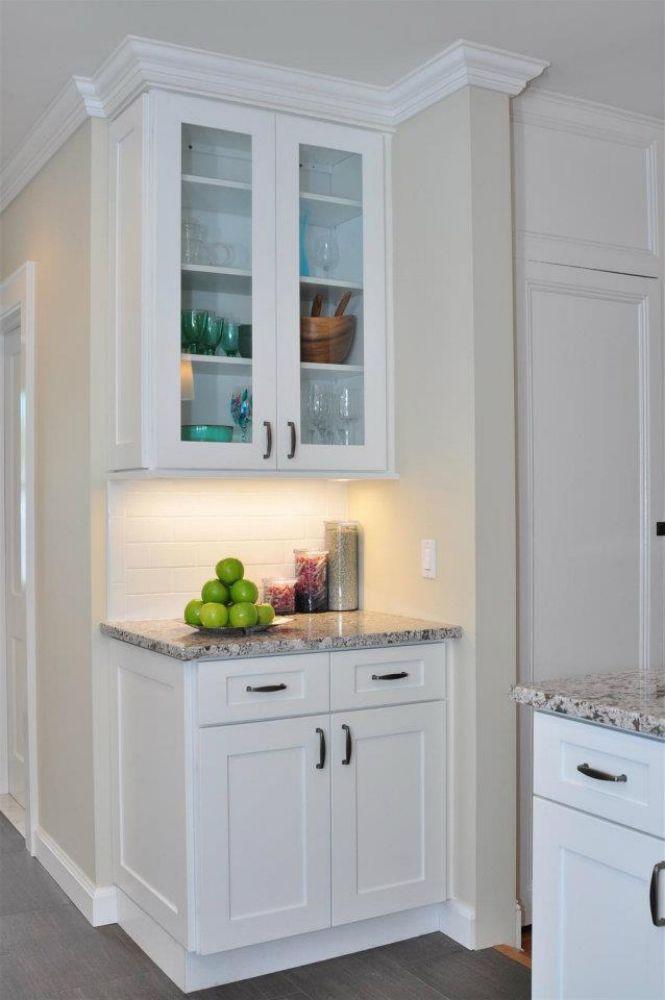When starting a remodeling project, one of the first steps often involves removing existing cabinets. Knowing how to safely remove them without damaging your walls, floors, or the cabinets themselves can save you time and money. Whether you plan to reuse, donate, or dispose of them, the process requires careful planning, proper tools, and step-by-step execution. This guide walks you through everything you need to know about removing kitchen cabinets safely and efficiently.
Preparing the Space Before Removal
Before you begin, it’s important to prepare your kitchen to avoid unnecessary mess or accidents. Start by clearing all items out of your cabinets, including dishes, food, and appliances. Removing clutter makes the process smoother and prevents damage to your belongings. Next, cover your countertops, floors, and nearby furniture with protective materials such as drop cloths or cardboard. This step will help safeguard your space from scratches, dust, or debris. If you have pets, consider keeping them out of the kitchen during this time to ensure a pet friendly work environment.
Turning Off Utilities
Safety should always come first. Many kitchen cabinets are attached near plumbing and electrical systems. Before you start unscrewing cabinets, turn off the water supply connected to the sink area, and shut off power to outlets located within or around your cabinets. This precaution prevents accidents such as leaks or electrical shocks. Additionally, disconnect any appliances or fixtures attached to the cabinetry, such as microwaves, dishwashers, or under-cabinet lighting.
Removing Cabinet Doors and Drawers
The next step is to detach all cabinet doors and drawers. This step reduces weight and makes the cabinets easier to handle. Using a drill or screwdriver, carefully unscrew the hinges and handles, keeping the screws in labeled bags for potential reuse. Place removed doors and drawers in a safe, flat area to avoid warping or scratching. With lighter cabinets, you’ll have better control when detaching the main boxes from the wall.
Detaching Base Cabinets
Base cabinets are often secured to both the floor and adjacent units. Start by locating the screws at the back of the cabinet that fasten it to the wall studs. Use a drill to remove them, working methodically from one end of the kitchen to the other. If there’s caulking sealing the edges of your cabinets to the wall or countertops, use a utility knife to carefully cut through the seal. Once screws and sealants are removed, gently pry the cabinet away from the wall using a flat bar. Be cautious not to apply too much pressure, which could damage drywall or flooring.
Detaching Wall Cabinets
Wall-mounted cabinets require extra caution since they are heavier and more challenging to maneuver. It’s best to have a second person assist you with this part. Start by supporting the bottom of the cabinet while unscrewing the fasteners securing it to the studs. Work from top cabinets outward to prevent uneven weight distribution. Once the screws are removed, slowly lift and pull the cabinet away from the wall. Carefully lower it to the ground to avoid dropping or damaging it.
Handling Countertops and Fixtures
In some cases, countertops may need to be removed before detaching base cabinets. Laminate, stone, or tile countertops are often secured with adhesives or brackets. Use a utility knife and pry bar to release the bonds gently. For heavy materials like granite, enlist help to safely lift and move the countertop. Removing sinks, faucets, or built-in appliances beforehand ensures a smoother process and avoids unnecessary strain on your cabinets.
Tools You’ll Need
Having the right tools on hand will make the process more efficient. Commonly used tools include:
-
Power drill or screwdriver
-
Pry bar
-
Utility knife
-
Hammer
-
Adjustable wrench
-
Safety gloves and goggles
-
Drop cloths or cardboard for protection
Using the right equipment reduces the risk of injury and damage, ensuring the safe removal of your cabinets.
Repurposing or Donating Old Cabinets
Once your cabinets are removed, think about how to handle them responsibly. If they are in good condition, you can repurpose them for garage or basement storage. Another option is donating them to organizations that accept building materials, helping others while reducing waste. For cabinets beyond repair, check with your local disposal or recycling facilities for eco-friendly disposal methods.
Why Choose Us?
At My Kitchen Cabinets, we understand that remodeling can feel overwhelming, especially when it comes to dismantling and preparing your space. Our expertise ensures you not only find high-quality kitchen cabinets but also gain guidance on how to handle your project safely and efficiently. Whether you want sleek modern designs, timeless classics, or pet friendly options that suit your lifestyle, our commitment is to help you transform your kitchen with ease and confidence.
Conclusion
Safely removing kitchen cabinets for remodeling involves preparation, careful handling, and the right tools. By clearing the area, shutting off utilities, detaching doors and drawers, and methodically unscrewing and lifting cabinets, you can avoid damage and accidents. Whether you plan to reuse, donate, or dispose of your old cabinetry, following these steps makes the process smooth and safe. With proper planning, you’ll be well on your way to creating the kitchen of your dreams.
Frequently Asked Questions
Q: How do I safely remove kitchen cabinets for remodeling?
A: Start by clearing the cabinets and protecting your floors. Shut off water and electricity, then remove cabinet doors and drawers. Unscrew fasteners from base and wall cabinets, using caution when detaching them. Have someone assist with lifting heavier pieces, and use the proper tools to avoid damage.
Q: Do I need to remove countertops before taking out cabinets?
A: In many cases, yes. Countertops often overlap base cabinets, so removing them first provides easier access to screws and fasteners. Use caution when handling heavy or fragile countertops like stone or tile.
Q: Can I reuse old kitchen cabinets in another space?
A: Absolutely. If your cabinets are still in good condition, they can be reused in areas like garages, basements, or laundry rooms. Repurposing saves money and reduces waste.
Q: How long does it take to remove kitchen cabinets?
A: Depending on the size of your kitchen and the number of cabinets, removal can take anywhere from a few hours to a full day. Having the right tools and an extra set of hands speeds up the process.
Q: Should I hire professionals to remove kitchen cabinets?
A: While many homeowners successfully tackle this project themselves, hiring professionals may be wise if your cabinets are particularly heavy, connected to complex plumbing, or if you’re worried about damaging your walls. It ultimately depends on your comfort level and remodeling plans.

